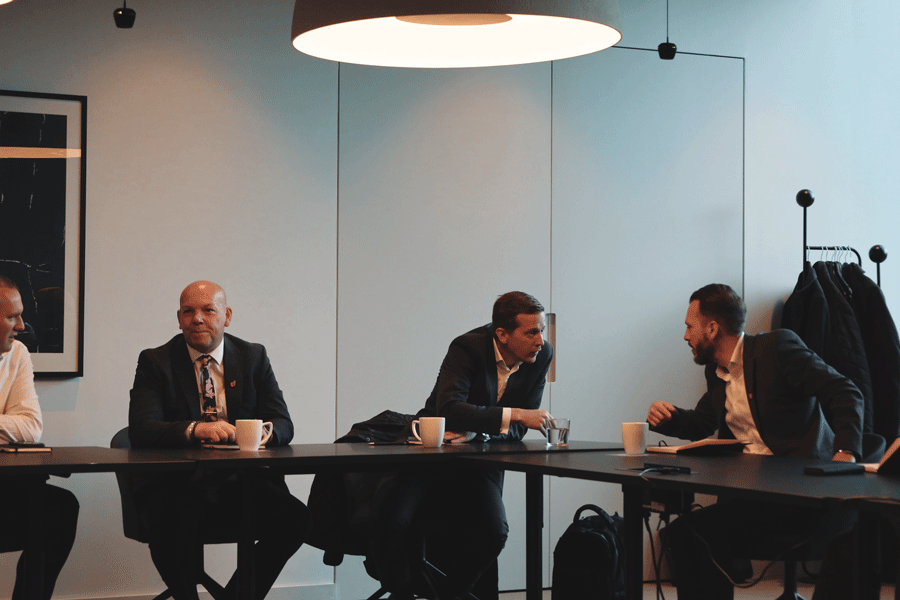In a collaborative effort to enhance the efficiency of building remediation processes and contribute to overall safety, we recently held a Roundtable event to discuss how we can unite industry expertise to foster a holistic approach for residential fire remediation. This open forum brought together minds from Client-Side Support, Managing Agents, Freeholders, Project Quantity Surveyors, Client Administrators, and Fire Engineering.
The event served as an exceptional platform for participants to openly discuss challenges and share experiences. Attendees had the opportunity to explore common hurdles and gain insights into successful navigation and resolution of similar obstacles. The collaborative atmosphere emphasized the shared commitment to making buildings safer and more secure. Here, we’ll dive into the key takeaways from the Envoy Roundtable event and explore the insights shared by industry experts.
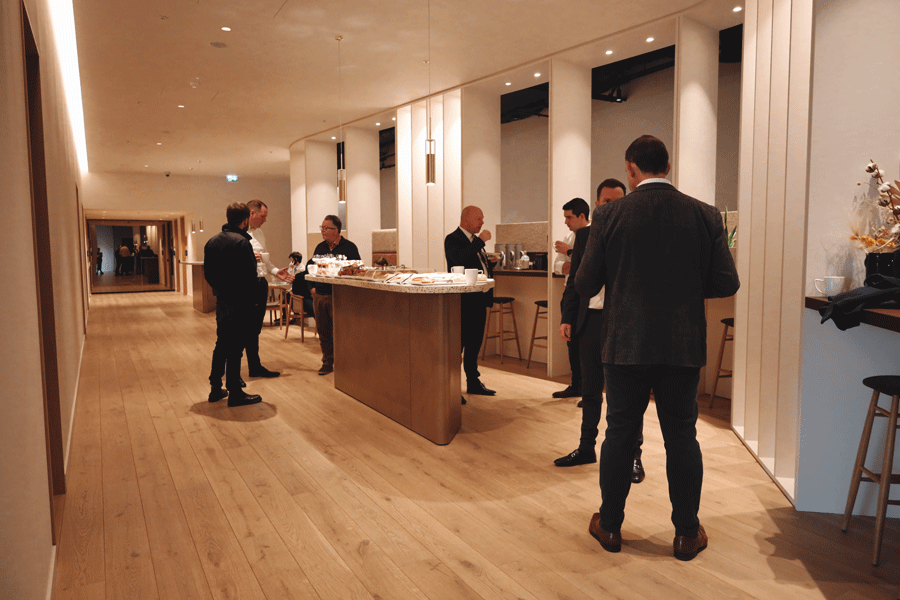
1. Streamlining BSR Responses and Pre-site Assessments
Participants emphasized the potential challenges associated with obtaining timely responses from the BSR on building safety cases. There was a collective recognition of the importance of assessing buildings before they reach the site to enhance remediation efficiency.
2. Funding, Insurance, and Life Safety Perspectives
The discussion highlighted the multifaceted considerations in building safety, with an emphasis on funding not being the sole concern. Insights were shared on the crucial role of insurance and the necessity of adopting a life safety perspective, as often perceived by insurers from an asset-oriented standpoint.
3. Defining Ideal Safety Cases and Collaborative Standards
David Baker discussed the challenge of defining an ideal safety case and the collaborative efforts to establish standards. As well as acknowledging the uncertainty in the industry.
The discussion extended to the realization that the safety case is not the end of the journey, with concerns raised about varying interpretations of PAS reports. This highlighted the need for clarity and consistency in understanding and implementing safety measures.
A participant expressed concerns about lending issues for leaseholders, underscoring the importance of safety cases in the context of building lending. This perspective emphasized the broader financial implications tied to safety considerations.
4. Challenges for Managing Agents and Addressing Risk Aversion
Abigail Blumzon shared insights on the challenges posed to managing agents by legislation changes and the establishment of a BSR. She mentioned that they have set up a working group with varied in-house experts from across their multi-disciplinary teams, working to review legislation, guidance and information, and to act as an advisory group to help mitigate risks and keep projects running smoothly.
5.Thorough Building Investigations and Design Trade-offs
A prominent concern echoed by many at the roundtable was the the need for thorough building investigations to avoid issues. Discussed the potential safety trade-offs between introducing design at the second stage and traditional approaches. Is the introduction of the BSR process moving the market to a 2 stage PCSA tender process?
6.Improving Communication with DLUHC
The need for enhanced communication between DLUHC and the industry was explored, with suggestions including industry calls, regular updates, and the establishment of a market expert panel. This emphasized the importance of cohesive and transparent communication channels within the industry.
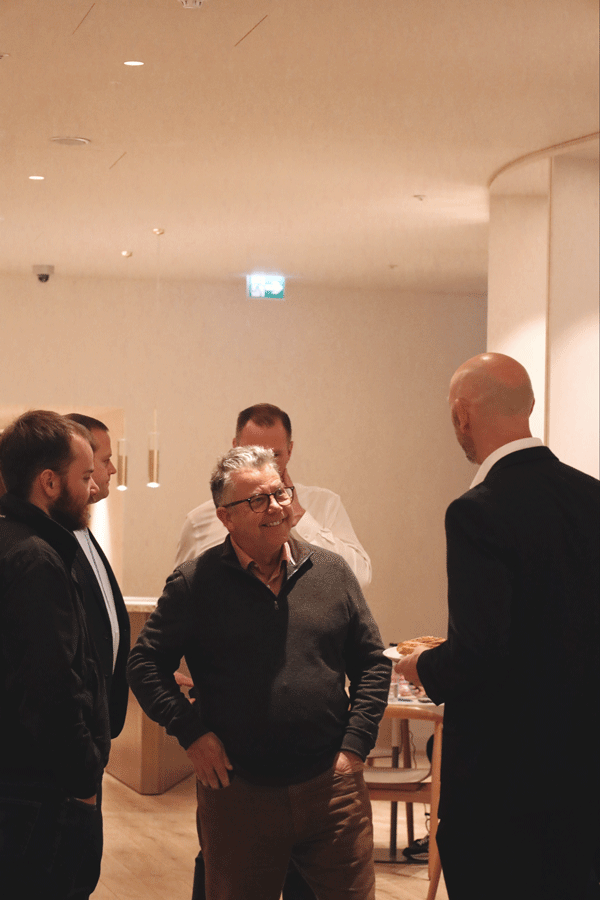
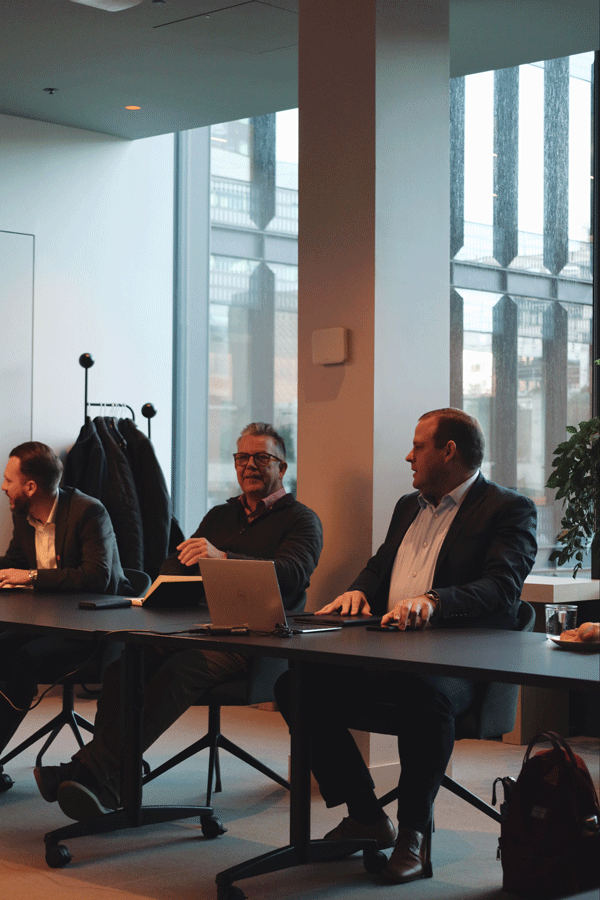
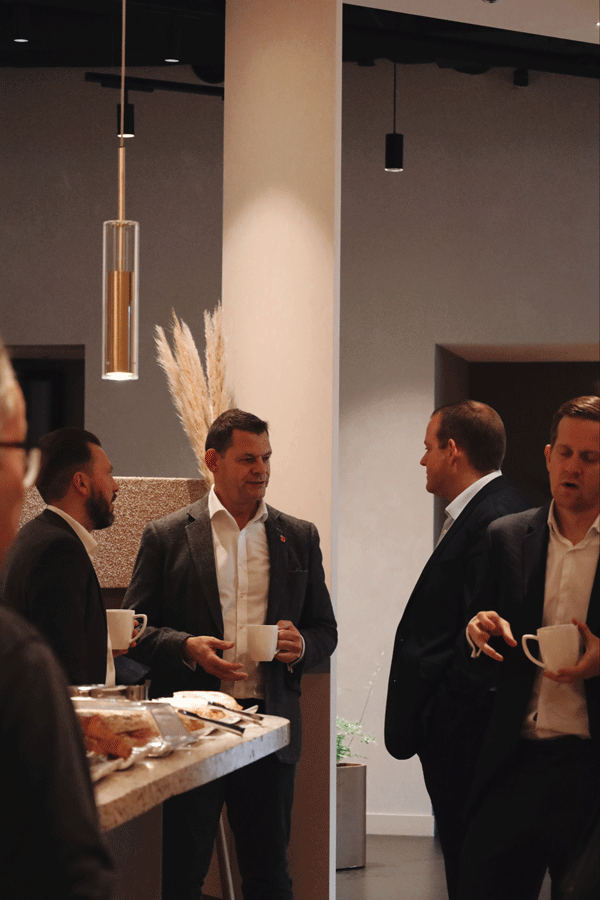
Attendee Takeaways:
Martyn Francis acknowledged the uniqueness of each project and the need for bespoke solutions, particularly regarding the wide-reaching implications of the BSR.
Danny Carty encouraged perseverance in the ever-changing building industry environment.
David Baker recognized obstacles in the industry-wide remediation of High-Rise Buildings (HRBs) and the need to resolve funding process issues.
Chris Peters emphasized the strong skill set within the sector and acknowledged the industry-wide obstacles.
Darren Wilkes-Brough highlighted the collaborative nature of the sector and proposed a review of the delivery method, suggesting a Risk/Contingency allocation for all projects.
In conclusion, the Envoy Roundtable Event provided a valuable space for industry professionals to collaboratively address challenges, share insights, and pave the way for safer and more efficient building processes. The key takeaways underscored the need for ongoing collaboration, adaptability, and proactive solutions in the ever-evolving landscape of building safety.
Make sure you don’t miss out on our upcoming roundtable events by subscribing to our newsletter.
